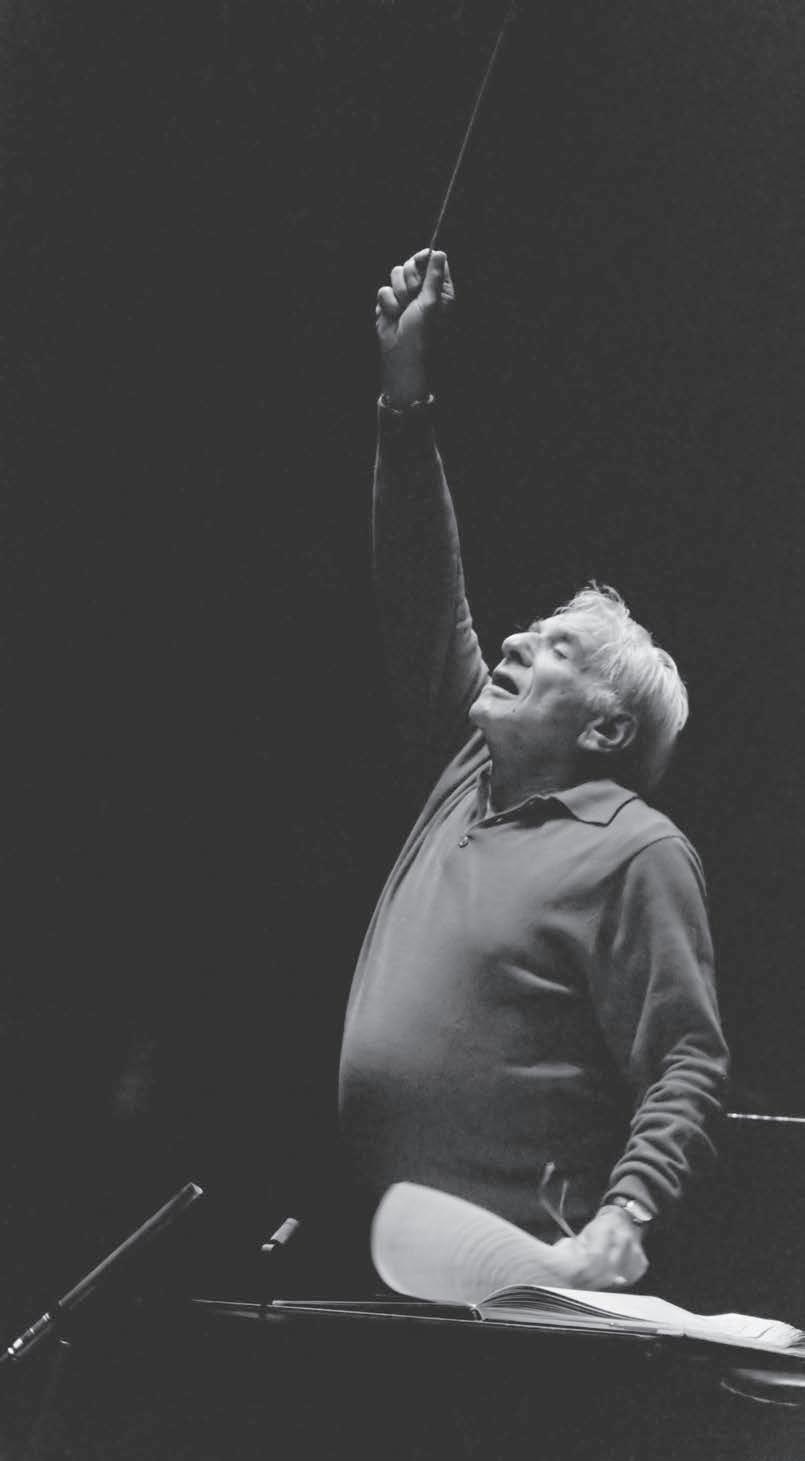
1 minute read
Sophisticated Music
ARTS&LIFE
MUSIC
Advertisement
WIKIMEDIA
Sophisticated
Music New CD, Bernstein Reimagined, features variations in jazz styling.
SUZANNE CHESSLER CONTRIBUTING WRITER
Flavio Chamis, who worked with composer-conductor-pianist Leonard Bernstein in the 1980s, has entered a new presentation medium beyond lecturing on the Jewish heritage and religious commitments they had discussed while traveling together.
Chamis, who was Bernstein’s conducting assistant, has written the liner notes for a new album planned to introduce an innovative direction to Bernstein’s original music — variations in jazz styling.
Bernstein Reimagined, with a release date of Jan. 29, features the Smithsonian Jazz Masterworks Orchestra performing lesser-known pieces as arranged by five jazz artists working independently. It was produced by the Manchester Craftsmen’s Guild in Pittsburgh.
Jay Ashby, Darryl Brenzel, Scott Silbert, Mike Tomaro and Steve Williams added their musical approaches to pieces taken from Bernstein’s compositions expressed through symphony, opera, musical theater and film.
“These are the very serious pieces of Bernstein and not the ones you would think would be used on a jazz recording,” said Chamis, a composer-conductor who teaches about the architecture of music at Carnegie Mellon University and the University of Pittsburgh.
“There are other musicians who took Bernstein’s pieces and did jazz improvisations, but those are the pieces that sound jazzy. These are not the obvious choices — so the more I listen, the more I find new things. That is the spirit of jazz.”
The Smithsonian Jazz Masterworks Orchestra, an 18-piece orchestra-in-residence at the Smithsonian’s National Museum of American History, was founded in 1990 as authorized by Congress, and it became the nation’s only museum with its own jazz orchestra. Their Bernstein recording project was launched in 2018 as part of the centennial celebration of Bernstein’s life.
Among the sounds in the reinterpreted pieces are Silbert’s rapid-fire shifts in tempo and dynamics brought to “Times Square” from the Broadway musical On The Town, Williams’ reggae vibes introduced into “Waltz” from Divertimento for Orchestra written for the Boston Symphony Orchestra, and Tomaro’s improvised section for soprano saxophone and piano added to the “Postlude to Act I” from the opera A Quiet Place.
The only piece that has a Jewish connection, according to Chamis, is Brenzel’s joyful arrangement of

continued on page 32










